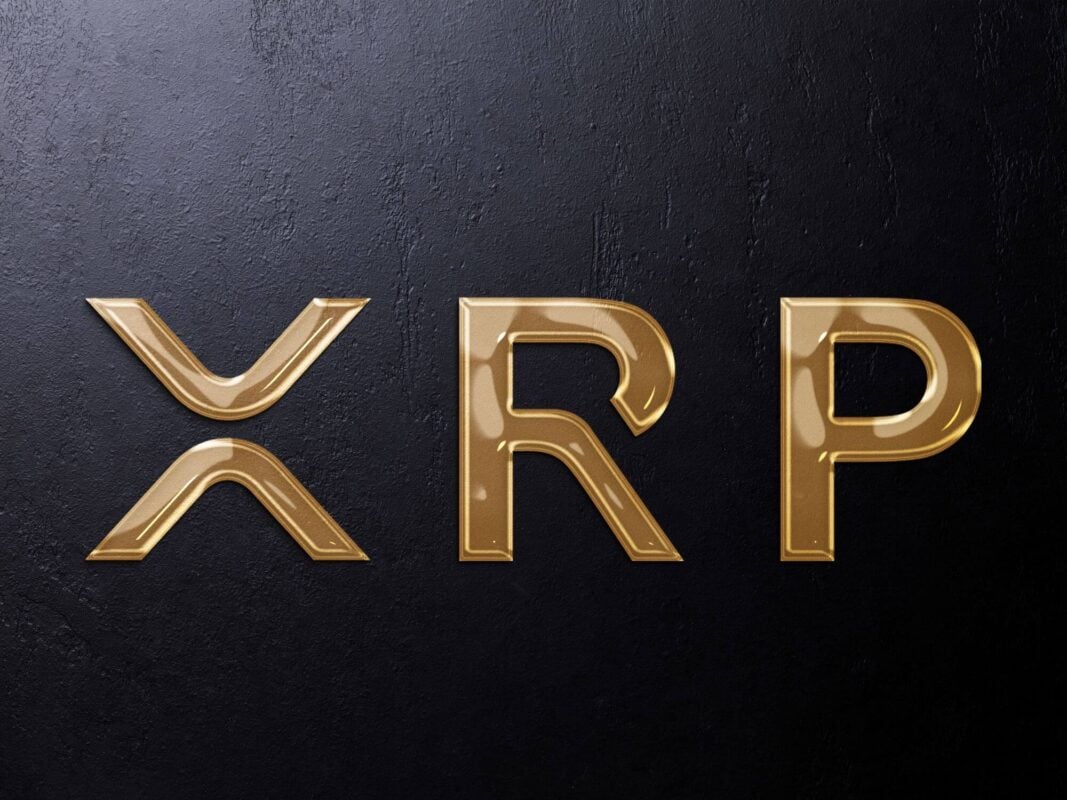TLDR
- Ripple CTO David Schwartz has launched an independent high-performance server to support the XRP Ledger.
- The server runs on Ubuntu with an AMD 9950X processor and 256 GB of RAM.
- It is located in a New York data center and features a 10 Gbps unmetered internet connection.
- Schwartz confirmed the server is intended for production use and not for testing purposes.
- Some node slots are reserved for priority services while others will be available to the public.
Ripple’s Chief Technology Officer, David Schwartz, has returned to XRP infrastructure, but not under Ripple’s official banner. Instead, he launched an independent, high-performance server built to strengthen the XRP Ledger (XRPL). This move introduces new support to the network during a period of expanding use and decentralization.
The setup is based in a New York data center and is already operational. It features an AMD 9950X processor, 256 GB RAM, and terabytes of SSD and NVMe storage. Schwartz connected it to a 10 Gbps unmetered link, which runs on Ubuntu and syncs with the XRP Ledger.
This project marks his personal return to hands-on XRPL operation after several years. He clarified that his role at Ripple remains separate and unrelated to the server. However, his contributions are now adding real-time connectivity and technical resilience to the XRP ecosystem.
XRP Infrastructure Grows with Independent Node
The server has been positioned as a stable, high-uptime node supporting validators and XRPL applications across the XRP Ledger. Schwartz confirmed that this is not for testing but for production use, intended to handle real workloads. He built it to act as a reliable, decentralized hub for infrastructure growth.
Update: The hardware is operational and is live on XRPL and synchronized. It's going to take a few weeks of hardening and battle testing before it will be ready to actually serve important nodes. But it is actually providing some additional connectivity right now.
— David 'JoelKatz' Schwartz (@JoelKatz) August 3, 2025
Some node slots are reserved for priority services such as UNL validators. Additional slots will be made public depending on available resources. Schwartz emphasized the need for robust decentralized connectivity, not isolated dependence on any single XRP node.
His initiative introduces fresh data points into the network without disrupting services. While still in the final setup stages, the server already enhances the XRP Ledger’s communication capacity. Schwartz noted that upcoming optimizations will further improve performance over the next few weeks.
XRP Community Gains New Technical Support
Though unofficial, Schwartz’s server enriches the XRP Ledger’s resilience during a time of network maturity. This independent action aims to support validator coordination and infrastructure consistency. As the network evolves, contributors like Schwartz enhance reliability through real-world deployments.
XRP continues to see global adoption, and every stable node strengthens the ledger’s decentralized model. His initiative complements Ripple’s broader strategy without overlapping responsibilities. It also signals deeper technical commitment from within the XRP community itself.






